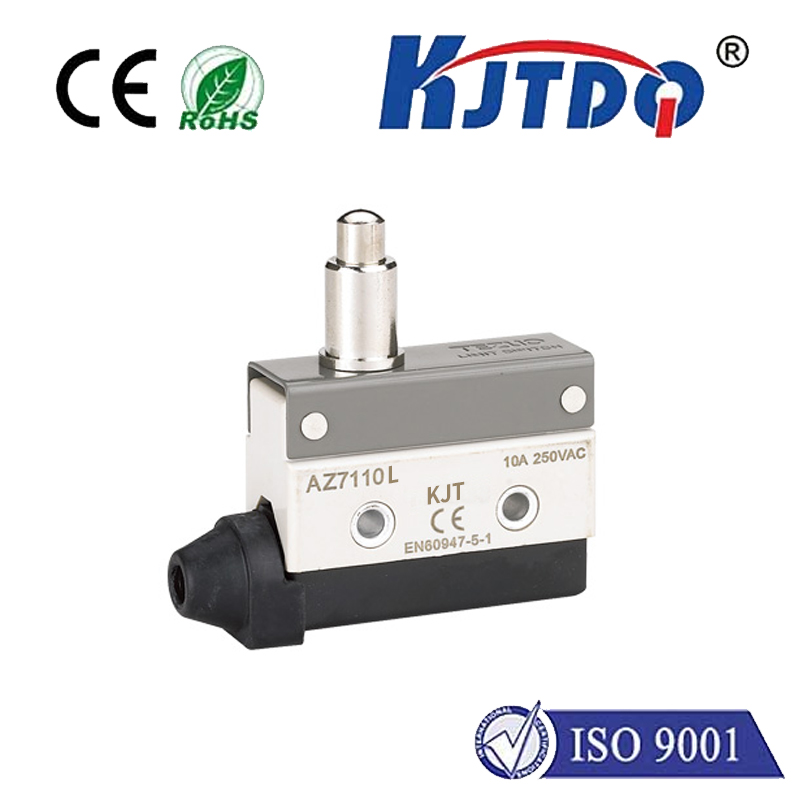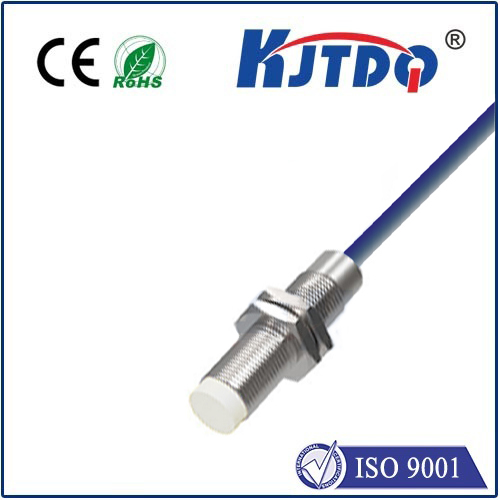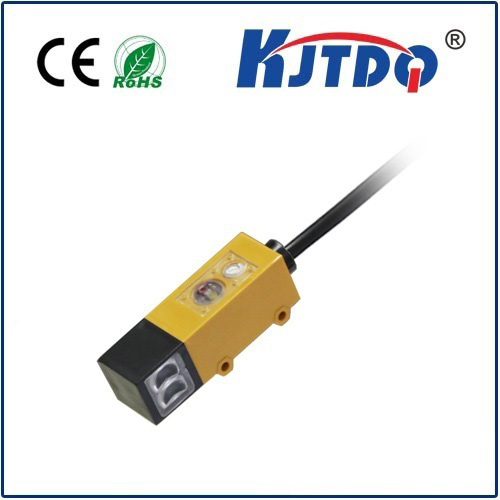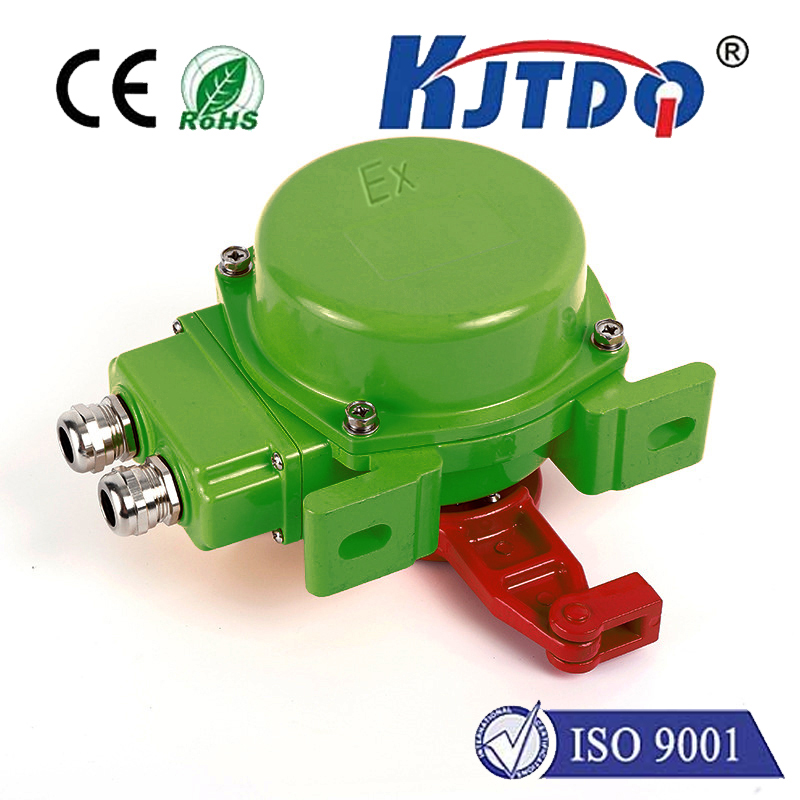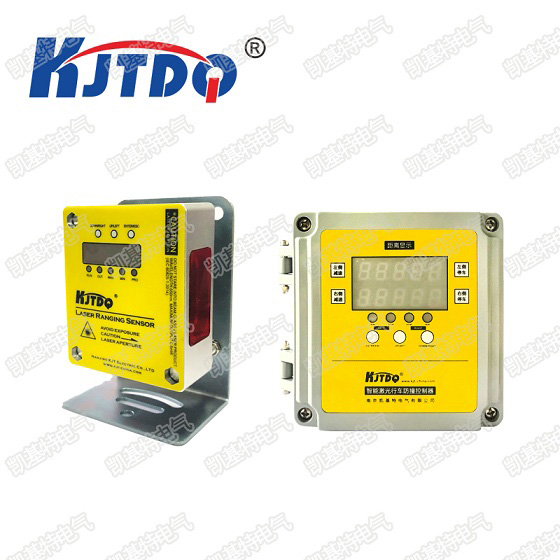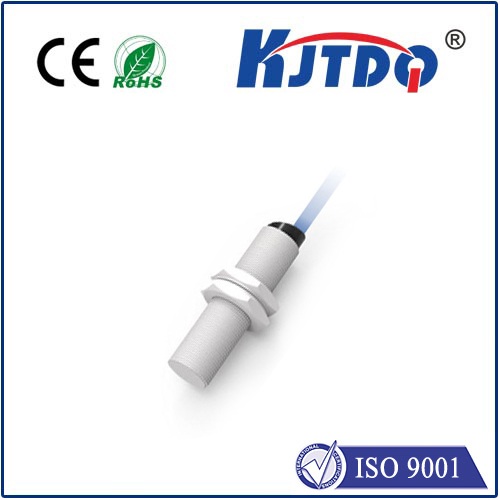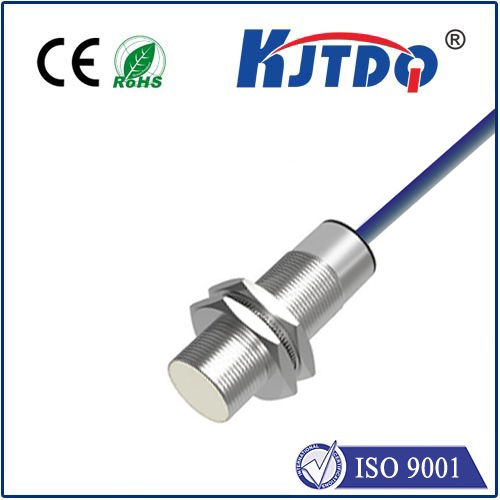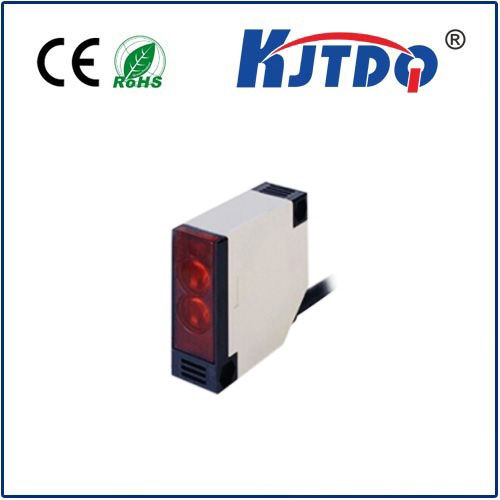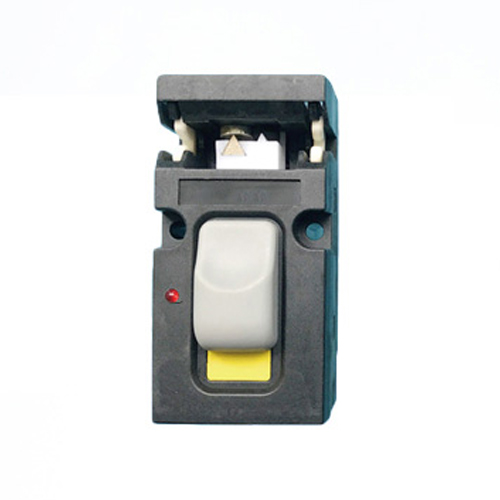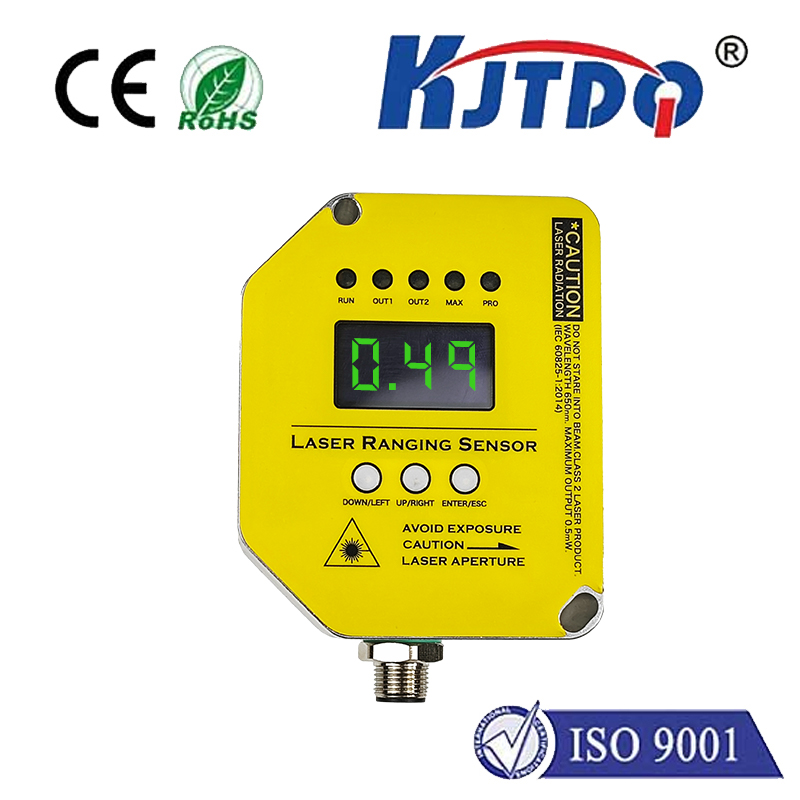laser range sensor
- time:2025-08-27 15:02:50
- Click:0
Unlocking Precision: The Versatile Power of Laser Range Sensors
Imagine needing to measure the distance to an object instantly, with unwavering accuracy, even if it’s moving or in challenging environments. Forget tape measures or guesswork. Welcome to the world of laser range sensors, the technological marvels transforming countless industries by making the invisible dimension of distance tangible and actionable. These compact yet sophisticated devices harness fundamental physics to deliver unmatched precision, enabling everything from robots navigating factories to archaeologists meticulously mapping ancient ruins.
How Does a Laser Range Sensor Work? At its Core
The principle is elegantly simple, leveraging the constant speed of light. Here’s the breakdown:
- Laser Emission: A precisely focused pulse of laser light (often infrared for safety and reliability) is emitted toward the target. The specific wavelength is chosen based on the application and safety requirements.
- Reflection: The laser pulse travels through the air (or other medium) and reflects off the target surface.
- Detection: The sensor’s highly sensitive receiver lens captures the reflected light signal.
- Time Measurement: The critical step. The sensor accurately measures the time difference between emitting the laser pulse and receiving its reflection. This is known as Time-of-Flight (ToF).
- Calculation: Using the known speed of light (approximately 300,000 km/s), the sensor calculates the distance using the formula:
Distance = (Speed of Light × Time-of-Flight) / 2. We divide by two because the light travels to the target and back.
Alternative methods like phase-shift measurement (comparing the phase shift of a modulated laser beam) or triangulation (using a known angle between emitter and receiver) are also used, particularly for specific accuracy or range requirements, but Time-of-Flight remains the dominant principle for its versatility and range capability.

Why Choose Laser? Key Advantages Demystified
Laser range sensors have surged in popularity because they solve fundamental measurement challenges better than most alternatives:
- Exceptional Accuracy and Precision: Capable of measuring distances down to sub-millimeter resolutions over significant ranges, far surpassing ultrasonic sensors or traditional methods. This millimeter-level precision is crucial in manufacturing and robotics.
- Non-Contact Measurement: Measures without touching the target. This is vital for delicate objects, hazardous environments, moving targets, or applications where physical contact would cause damage or interference.
- Long Range Capability: Certain models can accurately measure distances from a few centimeters up to several hundred meters, or even kilometers in specialized surveying equipment.
- High Speed: Measurements are typically completed in milliseconds, enabling real-time process control and tracking of fast-moving objects.
- Minimal Target Dependency: While highly reflective surfaces offer the best results, modern sensors are adept at measuring a wide variety of surfaces (wood, plastic, metal, fabric), especially compared to optical sensors confused by color or texture. Advanced signal processing filters out ambient light interference.
- Compact and Robust Designs: Engineered for demanding industrial settings, offering reliability in harsh conditions (dust, moisture, vibration).
Where Laser Range Sensors Are Making an Impact: Real-World Applications
The versatility of laser range sensors means they are quietly revolutionizing numerous fields:
- Industrial Automation & Robotics:
- Robotic Guidance: Enabling robots to precisely locate parts, guide arms, pick-and-place items, and navigate dynamic environments safely. Essential for collaborative robots (cobots).
- Position Control: Monitoring and controlling the position of machinery components, conveyor belts, or elevators with millimeter precision.
- Dimensioning & Profiling: Measuring object dimensions (length, width, height), checking fill levels in containers, or profiling surfaces for quality control. Invaluable in logistics for package sizing.
- Automotive & Transportation:
- Advanced Driver Assistance Systems (ADAS): LiDAR (Light Detection and Ranging), a sophisticated type of laser range sensor, is a core technology for adaptive cruise control, automatic emergency braking, and collision avoidance by creating real-time 3D maps of the vehicle’s surroundings.
- Parking Assistance: Providing precise distance measurements to obstacles during parking maneuvers.
- Construction & Surveying:
- Building Information Modeling (BIM): Capturing precise as-built dimensions for creating accurate digital twins of structures.
- Volume Measurement: Calculating stockpile volumes (gravel, sand, ore) efficiently and safely.
- Alignment & Leveling: Ensuring structural elements are correctly positioned.
- Logistics & Warehousing:
- Dimensioning Systems: Automatically measuring the size of packages on conveyors for shipping cost calculation and pallet optimization.
- AGV Navigation: Helping Automated Guided Vehicles navigate warehouses by detecting obstacles and verifying paths. LiDAR is increasingly common here.
- Aerial Mapping & Drones: LiDAR systems mounted on drones or aircraft generate highly accurate topographic maps, forest canopy models, and infrastructure surveys.
- Consumer Electronics: Found in some smartphones and tablets for advanced camera focus and augmented reality applications.
- Research & Development: Used in countless scientific experiments requiring precise distance measurement, from material science to physics labs.
Choosing the Right Sensor: Key Considerations
Not all laser range sensors are created equal. Selecting the optimal one requires evaluating your specific needs:
- Measuring Range: What is the minimum and maximum distance you need to cover? Sensor performance varies significantly.
- Accuracy & Resolution: How precise do your measurements need to be? What is the smallest detectable change?
- Target Properties: What material, color, and surface finish does your target have? How reflective is it?
- Measurement Speed (Update Rate): How quickly do measurements need to be taken? Critical for tracking fast motion.
- Environmental Conditions: Will the sensor be exposed to dust, moisture, temperature extremes, vibration, or ambient light interference? Ensure the sensor’s IP rating (Ingress Protection) is suitable.
- Output & Interface: What type of output signal do you need (analog voltage/current, digital serial, Ethernet)?
- Beam Size: A smaller beam spot allows for more precise measurements on small objects or edges.
- Safety: Ensure the laser complies with relevant safety standards (e.g., Class 1 or Class 2 laser products are typically eye-safe under normal use).
From enabling the cars of tomorrow to optimize yesterday’s factories, laser range sensors are a cornerstone technology of modern measurement. They translate the simple concept of distance into complex, reliable data that drives automation, enhances safety, and fuels innovation across the spectrum. Whether it’s a robot assembling your phone, a drone mapping a forest, or a system ensuring pallets fit perfectly in a truck, the precise, invisible beam of a laser range sensor is likely playing a critical role.






